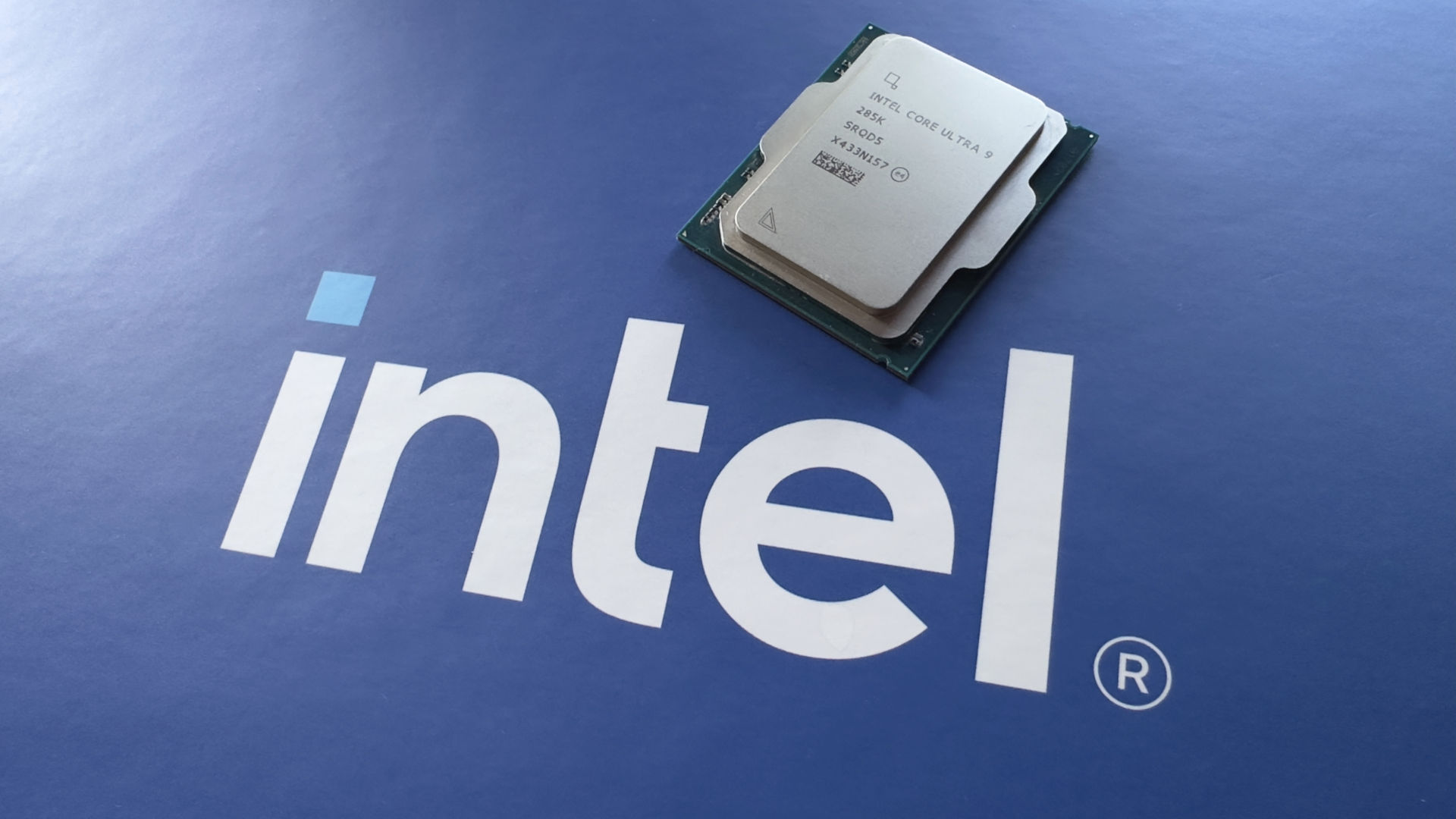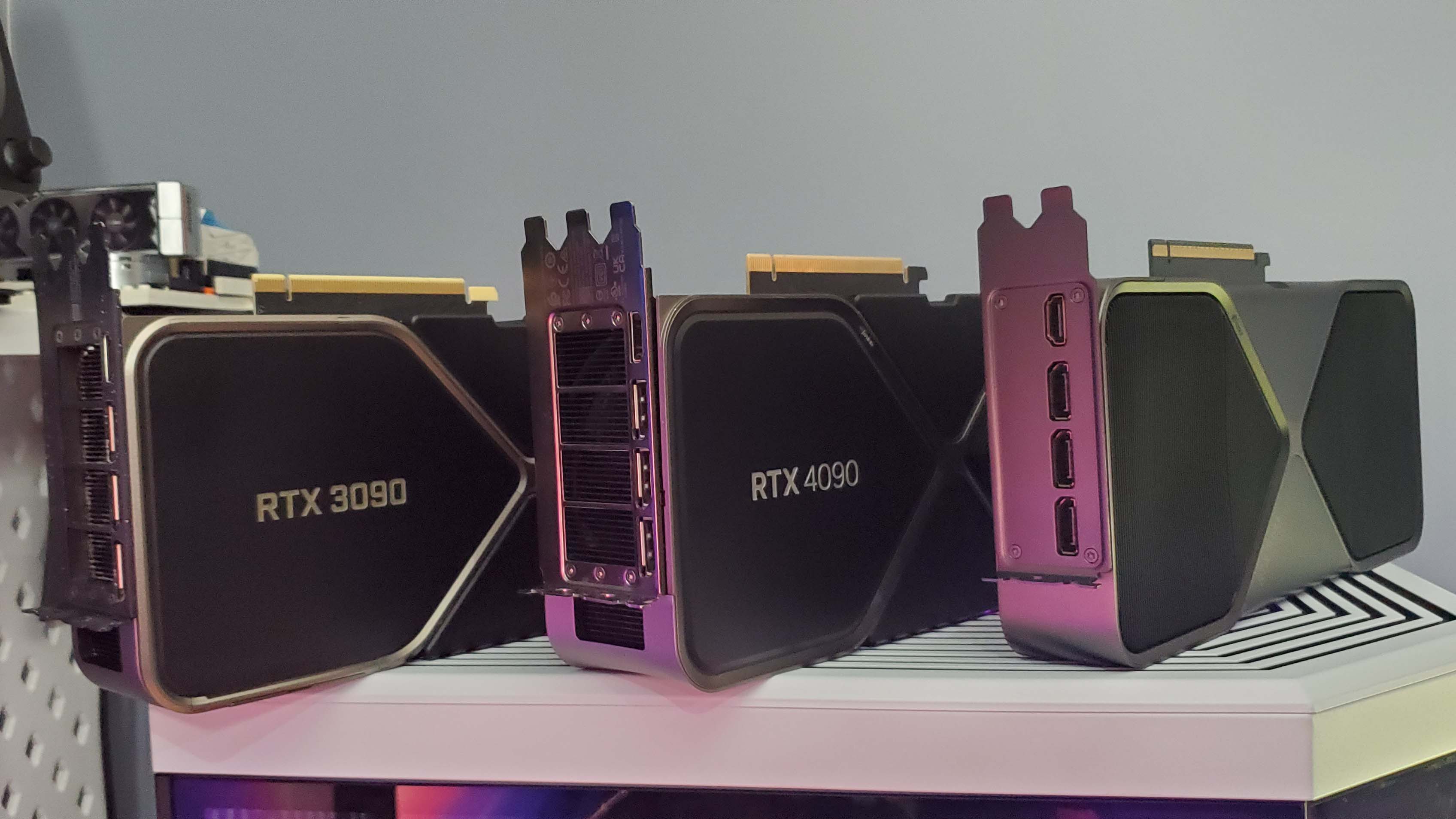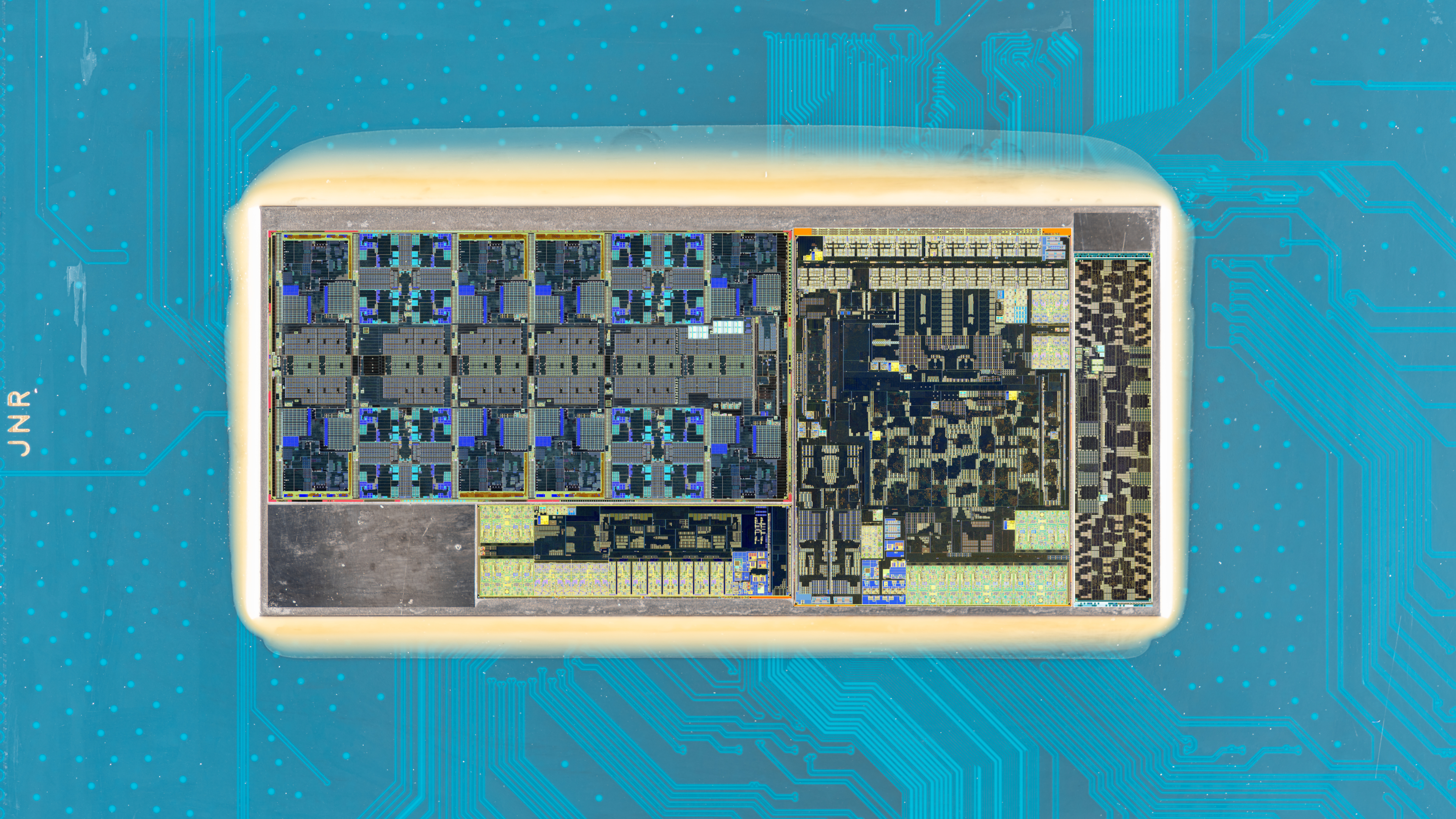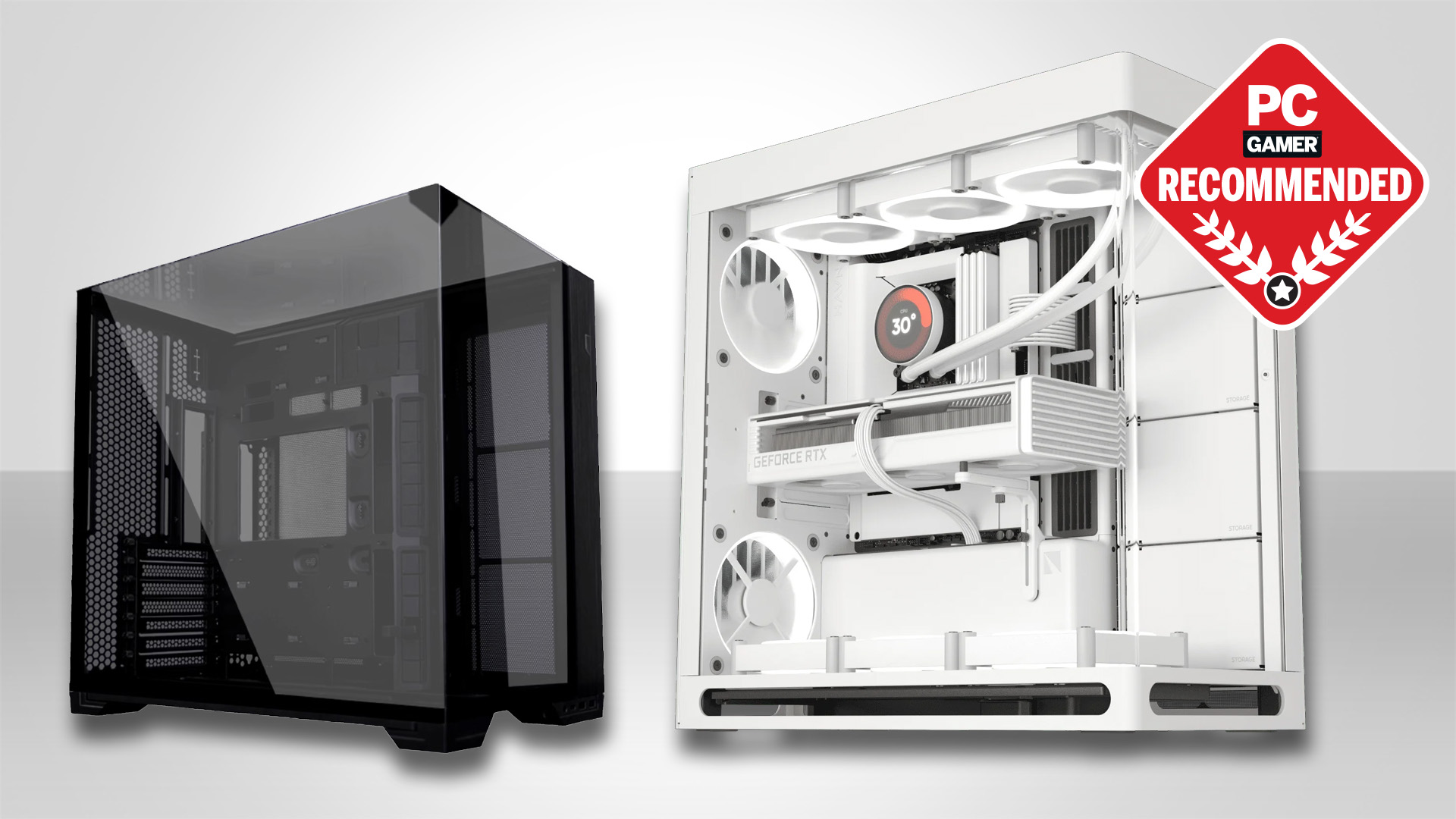Intel's next batch of CPUs might still be called Core Ultra 200S, possibly because the Arrow Lake refresh won't be much of a boost
Anybody want a bigger NPU? Anyone? Anyone? Bueller?

Over the years of producing CPUs, Intel has a long history of refreshing its current architecture, rather than wholesale replacing it. The updates typically offer higher clock speeds and occasionally a new feature or two, but they've always involved a new name for the processors. However, for the Arrow Lake refresh, it's being claimed that the tweaked chips will still be called Core Ultra 200S.
Admittedly, it's just the one person making the claim, X-user Jaykin (via Videocardz), but they have a good track record when it comes to tech leaks and rumours. Jaykin also suggests that the Arrow Lake refresh will involve an updated NPU (neural processing unit), courtesy of a larger SoC tile.
ARL-S and ARL-HX refreshes should be Core Ultra 200-series. Preliminary.May 17, 2025
Both desktop and mobile variants of Arrow Lake (ARL-S and ARL-HX, respectively) will still have the same package size and, in the case of the former, will still use the LGA1851 socket. While that doesn't automatically mean your current Z890 or B850 motherboard will support the refreshed chips, there's a good chance it will.
In previous years, when Intel launched a refreshed CPU line-up, it has always renamed the chips. So why would Team Blue stick with Core Ultra 200S? I suspect that it's because there will be no changes that affect their fundamental performance, such as higher clock speeds, more cores, or a faster memory system.
If the only thing that's being improved is the NPU (possibly to ensure that Intel's chips now meet Microsoft's requirements for its Copilot AI PC ecosystem), then the new processors would perform no better than the current ones do in games, content creation, and general use.
Then again, the recently launched Core 200S Boost feature showed there is some scope for improving the performance of Arrow Lake without having to change various internal components. In other words, Intel could tweak all of the internal clocks and timings, plus add a larger NPU, and have a big enough difference in performance to warrant calling them Core Ultra 300S.
After all, it was happy to refresh its Raptor Lake-powered Core 13th Gen series, call it Core 14th Gen, and barely change anything other than the boost clocks and power consumption.
Keep up to date with the most important stories and the best deals, as picked by the PC Gamer team.
I suspect that Intel wants to keep Core Ultra 300S for its next generation of CPU architectures, namely Panther Lake for mobile platforms and Nova Lake for desktops, both targeted for release in 2026.

Best CPU for gaming: The top chips from Intel and AMD.
Best gaming motherboard: The right boards.
Best graphics card: Your perfect pixel-pusher awaits.
Best SSD for gaming: Get into the game ahead of the rest.
These are expected to be significantly better in performance than the current Lunar Lake and Arrow Lake processors, and given the lacklustre reception the latter received, it makes sense to keep the new name for something that's (hopefully) a lot better.
One concern that I have is whether the Arrow Lake refresh is going to be the last processor that supports Intel's LGA1851 socket. If it is and the refreshed chips aren't any better in gaming, for example, then it would be really disappointing to see.
AMD was still releasing CPUs for its AM4 socket last year, a good eight years after it first appeared, and while Intel is well-known for changing its sockets every couple of processor generations, you'd think it would take a leaf from Team Red's book of design and make something that lasts. Of course, changing the socket forces OEMs and system builders to push out entirely new platforms, which in turn helps Intel shift a whole heap of processors.
Hopefully, the Arrow Lake refresh does offer more than just a larger NPU because, as things currently stand, I wouldn't recommend that any PC gamer buy a Core Ultra 200S chip. It's not bad, but regardless of what your budget is or what your use scenario for the processor is, there are far better CPUs out there to choose from.

Nick, gaming, and computers all first met in the early 1980s. After leaving university, he became a physics and IT teacher and started writing about tech in the late 1990s. That resulted in him working with MadOnion to write the help files for 3DMark and PCMark. After a short stint working at Beyond3D.com, Nick joined Futuremark (MadOnion rebranded) full-time, as editor-in-chief for its PC gaming section, YouGamers. After the site shutdown, he became an engineering and computing lecturer for many years, but missed the writing bug. Cue four years at TechSpot.com covering everything and anything to do with tech and PCs. He freely admits to being far too obsessed with GPUs and open-world grindy RPGs, but who isn't these days?
You must confirm your public display name before commenting
Please logout and then login again, you will then be prompted to enter your display name.


